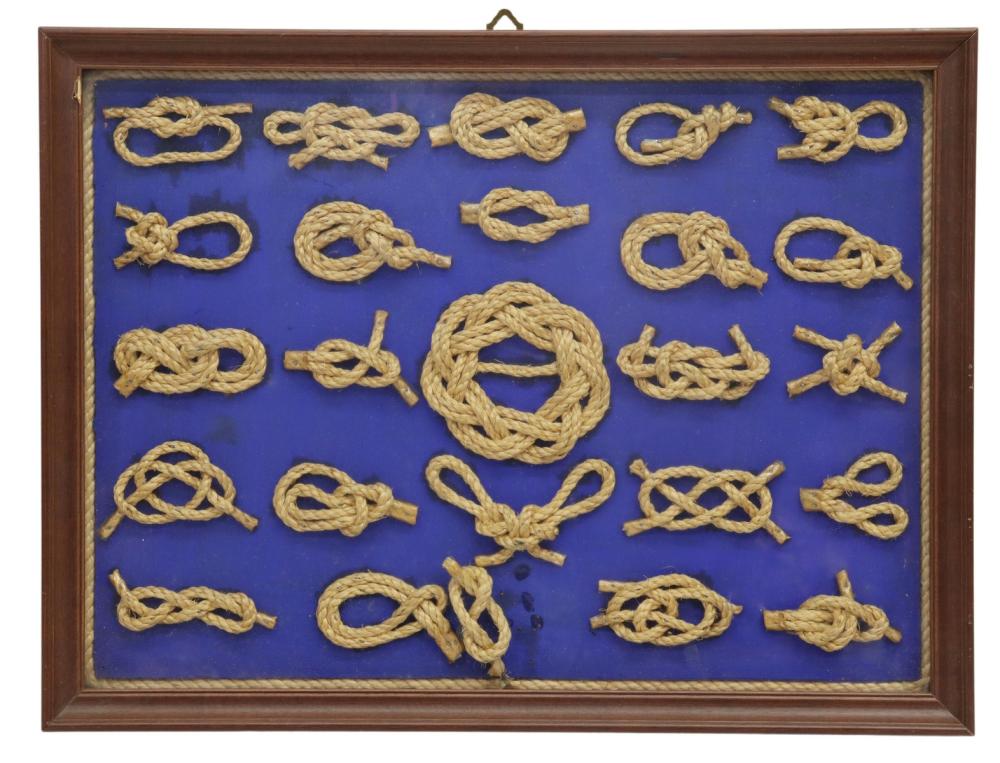Learning to Tie Maritime Knots is an Essential Skill.
When it comes to navigating the open waters, having a thorough understanding of maritime knots is an essential skill for every man. These knots serve a range of purposes, from securing a boat or sail to ensuring safety while at sea. Whether you’re an experienced sailor or a novice boater, knowing the right knots can make a significant difference in your ability to handle various situations with confidence and ease. Let’s explore the importance of knowing maritime knots, discuss essential knots for everyday use, delve into advanced knots for experienced mariners, and provide valuable tips and techniques for mastering the art of knot tying a skill for everyman.
Understanding the Basics
If you’ve ever found yourself daydreaming about a life on the high seas, then knowing your way around maritime knots is an essential skill. Knots have been used by sailors for centuries, serving as the backbone of nautical life. These ingenious little twists of rope can hold together sails, secure equipment, and even save lives in treacherous waters. So let’s dive into the wonderful world of maritime knots.
A Brief History of Maritime Knots
The history of maritime knots is as rich as a salior’s imagination. Sailors from ancient times recognized the need for strong and reliable knots to navigate the vast oceans. From the Vikings to the explorers of the Age of Discovery, these intrepid seafarers developed a repertoire of knots that could withstand the mighty forces of wind and waves. Over time, knot-tying evolved into an art form, and sailors took pride in their ability to create knots that were not just functional, but also aesthetically pleasing. Today, the legacy of these knots lives on, reminding us of the ingenuity and skill of those who came before us.
Why its Important to Know Maritime Knots
When it comes to life at sea, safety should always be your first mate. Knowing how to tie maritime knots can be a lifesaver in hazardous situations. Whether you need to secure a life jacket, anchor a boat, or create a temporary tow line, the right knot can mean the difference between smooth sailing and a shipwreck. So, brush up on your knot-tying skills and ensure you’re prepared for any unforeseen circumstances Mother Nature may throw your way.
Practical Applications of Knots
Maritime knots aren’t just handy in emergency situations; they also have a multitude of practical applications. Need to secure a tarp or hammock for a relaxing afternoon on deck? A well-tied knot will keep everything in place. Want to impress your friends with your MacGyver-like resourcefulness? Show them how to fashion a make-shift clothesline using nothing but a rope and a couple of well-executed knots. Knowing maritime knots opens up a world of possibilities for problem-solving and resourcefulness, both on land and at sea. Visit animatedknots.com for tutorial on how to ties the knots mentioned below.
Basic Knots for Everyday Use
The Square Knot
The square knot is one of the first knots any aspiring sailor should learn. It’s a versatile and reliable knot that is perfect for joining two ropes of equal diameter. Whether you need to tie your shoelaces or secure a package, the square knot has got you covered. Just remember the simple mantra: “Right over left, left over right, and pull it tight.”
The Bowline Knot
If the square knot is the workhorse of maritime knots, then the bowline knot is the superstar. This knot creates a secure loop that won’t slip or jam under pressure. It’s ideal for tasks like securing a sail or rescuing wayward seagulls from entangled situations. With a little practice, you’ll be tying bowline knots faster than a fish can swim.
The Clove Hitch
The clove hitch is the knot equivalent of a Swiss Army knife – simple, versatile, and always ready for action. This knot is perfect for fastening a rope to a post or pole, making it handy for everything from setting up a clothesline to mooring a boat. Just remember the old sailor’s adage: “Cross the lines, twist them twice, and you’ll never sacrifice.”
Essential Knots for Boating and Sailing
The Cleat Hitch
When it comes to docking a boat, the cleat hitch is your anchor’s best friend. This knot allows you to secure a rope to a cleat quickly and securely. Whether you’re tying up at a dock or holding your vessel in place during a storm, the cleat hitch will keep your boat snug as a bug in a rug. With this knot in your repertoire, you’ll be the captain of docking like a pro.
The Anchor Bend
As the name suggests, the anchor bend is your go-to knot for attaching an anchor to its rope. This knot provides a secure and reliable connection, ensuring that your anchor stays put when you drop it overboard. So, whether you’re casting your anchor for a leisurely day of fishing or seeking refuge from a tempest, rest assured that the anchor bend has you covered.
The Figure Eight Knot
Last but not least, the figure eight knot is a true sailor’s classic. This knot creates a stopper at the end of a rope, preventing it from slipping through a pulley or block. It’s perfect for rigging sails, securing lines, or even rappelling down the side of a ship for those adrenaline-seeking sailors among us. So, tie a figure eight knot, and get ready to embark on your maritime adventures with confidence.
Remember, mastering maritime knots takes practice, but with time and a playful attitude, you’ll soon be sailing through the world of knot-tying like the saltiest of sailors. So, hoist your colors, grab your rope, and let’s tie the knot together!
Advanced Knots for Mariners
The Rolling Hitch
If you’re a seasoned sailor looking to up your knot game, the Rolling Hitch is a must-have in your repertoire. This knot is your go-to when you need to secure a rope to a post or pole without it slipping or loosening. It’s like giving your rope a firm, yet friendly, handshake.
The Sheet Bend
The Sheet Bend is the knot you’ll want to impress your fellow mariners with. It’s perfect for joining two ropes of different thicknesses or materials. Just think of it as the peacemaker bringing harmony to your motley crew of ropes. It’s easy to tie and holds tight, ensuring everything stays shipshape.
The Prusik Knot
The Prusik Knot is a versatile little devil that opens up a world of possibilities. It’s commonly used for attaching a loop to a rope, creating a convenient handle or foothold. Whether you need to ascend a mast or secure gear to your boat, the Prusik Knot has got your back.
Knot Tying Techniques and Tips
When it comes to tying knots, hand positioning is key. Hold the rope with confidence and finesse. Imagine you’re holding a delicate cocktail at a fancy yacht party. Just don’t spill it!
Understanding Tension and Tightness
Finding the right balance of tension and tightness is crucial. You want your knot to hold fast but not strangle your rope. Remember, knots don’t like to be choked, so give them some breathing room.
Tying Knots in Challenging Conditions
Sometimes, Mother Nature likes to throw us a curveball. When faced with challenging conditions like wind, rain, or a boat rocking like a disco, adapt and conquer. Keep calm, steady your hands, and show that knot who’s boss.
Practice and Mastery of Maritime Knots
Just like any skill worth having, knot tying requires practice. Make it a part of your daily routine. Whether you’re on land or at sea, find the time to tie knots, hone your technique, and ultimately become a knot-tying ninja.
Seeking Expert Guidance
Sometimes, we all need a little guidance from the masters. Seek out experienced sailors or knot enthusiasts who can share their wisdom and fancy knot-tying tricks. They can help you level up your knot game and impress your friends with your newfound skills.
Testing Knot Knowledge
To truly master the art of knot tying, put your skills to the test. Organize friendly competitions with your fellow mariners or challenge yourself with timed knot tying exercises. Just don’t be too disappointed if you find yourself in a knot-tangled mess. Rome wasn’t built in a day, and knot mastery takes time.
The Value of Knot Knowledge at Sea
Mastering maritime knots is a skill that should not be underestimated. The ability to tie and use knots effectively can greatly enhance your safety, security, and overall experience while out on the water. Whether you’re a boating enthusiast, a sailing aficionado, or simply someone who enjoys spending time near the sea, investing time and effort into learning and practicing maritime knots is well worth it. So, equip yourself with the knowledge, hone your knot tying skills, and embark on your maritime adventures with confidence, knowing that you have the tools to handle any situation that may arise.




